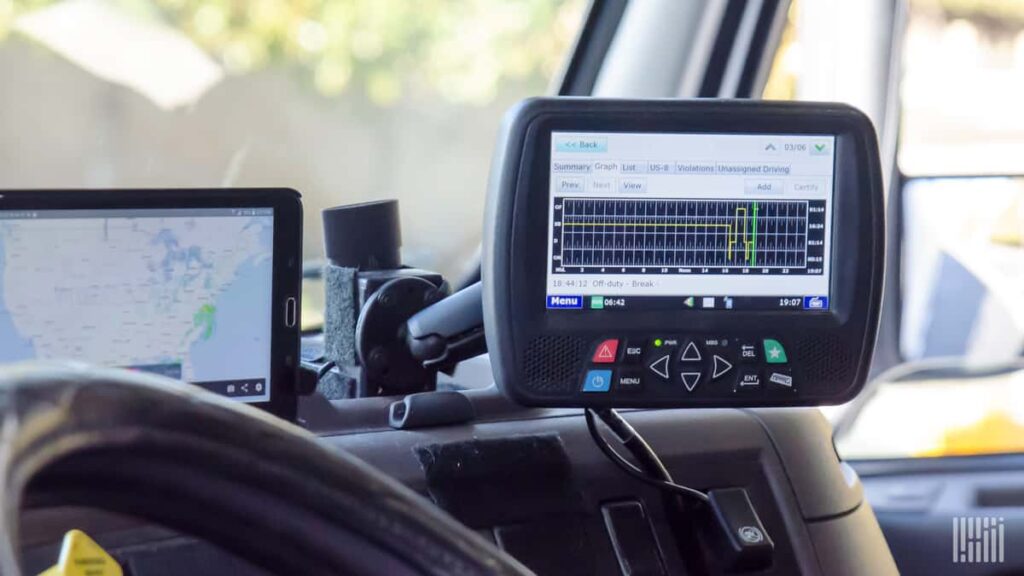Understanding Hours of Service (HOS) Regulations in Trucking
Understanding Hours of Service (HOS) Regulations in Trucking

🕒 Introduction to Hours of Service (HOS)
Hours of Service (HOS) regulations are essential for promoting safety and preventing fatigue in the trucking industry. Set by the FMCSA, these rules govern how long commercial drivers can operate. Understanding and following these regulations is critical for drivers, dispatchers, and fleet managers alike.
📋 Key HOS Regulations
- 14-Hour Driving Window: Up to 11 hours of driving is allowed within a 14-hour window following 10 consecutive hours off duty.
- 30-Minute Break: A break is required if more than 8 hours have passed since the last off-duty or sleeper berth period.
- 60/70-Hour Limit: Drivers cannot operate after 60/70 hours on duty in 7/8 consecutive days. A 34-hour restart resets this cycle.
- Sleeper Berth Provision: Drivers may split their 10-hour break into two periods (one must be 8+ hours in the sleeper berth). These do not count against the 14-hour window when used properly.
✅ Best Practices for Managing HOS
- Plan Routes Efficiently: Account for traffic, delivery windows, and rest breaks.
- Leverage Technology: Use ELDs to track hours and receive alerts. Learn more.
- Stay Updated: Monitor FMCSA updates for changes in HOS rules.
- Prioritize Rest: Encourage quality sleep and consistent rest habits.
- Train Your Team: Regular training ensures awareness and prevents costly violations.
🚨 Avoiding HOS Violations
Keep meticulous logs and always prioritize compliance over tight deadlines. Violations can result in fines, operational delays, and safety risks.
🛑 Conclusion
Following HOS regulations isn’t just a legal obligation — it’s a commitment to safety. With strategic planning, proper use of the sleeper berth provision, and modern tools, drivers can stay compliant while protecting themselves and others on the road. 🛻💼


